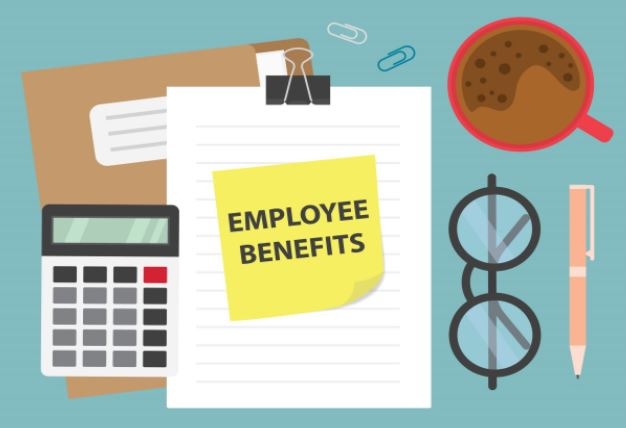Employee benefits are pieces of an employment package that the employer gives the employees. These benefits often include insurance, educational assistance, childcare, health care or discounts on goods and services. Sometimes even stock options or a pension plan are offered.
While some companies offer just one benefit package, many have a more diverse range of options for employees. Depending on which benefits package a company has, employees can see significant benefits. In fact, certain benefits may be tax-deductible.
Some perks, like discounts on company products or grouped, discounted insurance premiums, are usually automatic because the business already employs the worker. These are typically withdrawn directly off the paycheck, and you can see these on your paystub. However, other benefits may require separate applications. For example, employees might have to apply for educational assistance through their human resources office.
A group RRSP is an employee benefit. With many companies, these are optional and they vary substantially in how they are offered with different employers.
Employer-sponsored group RRSP
First, it can only be offered by an employer to their employees. A possible advantage of an employer-sponsored group RRSP is that the employer will often directly contribute an amount each year or “match” up to a capped amount that the employee contributes. A group RRSP is different from a regular RRSP that anyone can open at any financial institution in that it is administered by the group plan provider and the employer may have set up restrictions on when you can transfer the account values outside to another institution. Some employers do not allow you to transfer these values out until after a vesting period or until you leave the company. This can create some restrictions on your financial planning and the choices of investments will be limited to what the group plan allows.
Like other employee benefits, employees must first sign up for an RRSP– which is mainly done during the hiring process. In some companies, workers might also have to meet specific requirements to enjoy the benefits of a group RRSP. Such as three or six-month probationary periods before they can be set up.
RRSP contribution automatically deducted
For many, the most significant benefit may be the simplicity of having a regular contribution automatically deducted off their pay cheque, so it is a set it and forget it investment accumulation plan. Some do not have the habits or discipline to do this on their own, and this method may help incentivize long-term investments that, assuming the market performs ok, can give the employee more funding for their retirement phase of life.
Disadvantages of group RRSP
One downside is that group RRSPs usually have strict eligibility criteria associated with them. For example, you may only be able to join if you are a full-time employee or if you have been employed at the company for over six months. Another disadvantage of group RRSP is the lack of choice when it comes to selecting investments inside the account. Some employers only offer mutual funds for their employees, limiting your ability to diversify and find new opportunities as they come available.
Group RRSPs provide a convenient way of saving for retirement if you meet the eligibility requirements and don’t mind having limited options for investment selection. As with any other investment, there is some risk involved. Before committing to a plan, make sure you fully understand the rules and how it works to determine whether this is the right option for you.
Contact Ascendant Financial today to assess all of your Group RRSP options.




